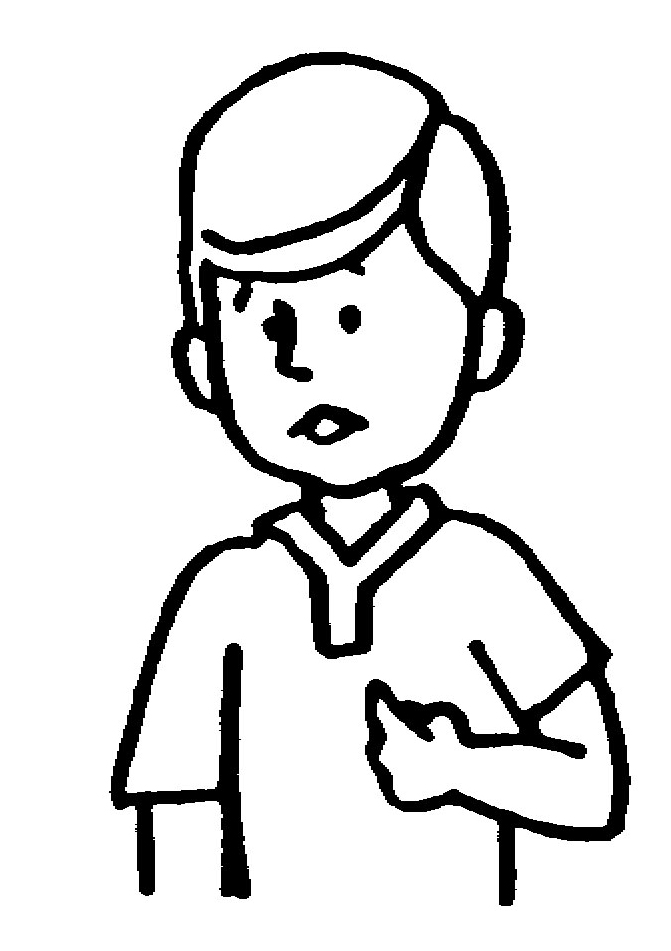

The previous lessons introduced you to Ukrainian nouns and pronouns. In Lesson 4, you are introduced to three parts of speech:
1) Adverbs
2) Particles
3) Conjunctions
Прислівники |
In both English and Ukrainian, adverbs are expressions of place or location. They tell us when, where, why or how something is happening.
The adverbs удома (at home), тут (here) and там (there) are adverbs which indicate location. The adverb удома may also be written as вдома. The vowel у changes to the consonant в when the word before this adverb ends in a vowel. This occurs to facilitate the flow of language from consonant to vowel or vowel to consonant.
|
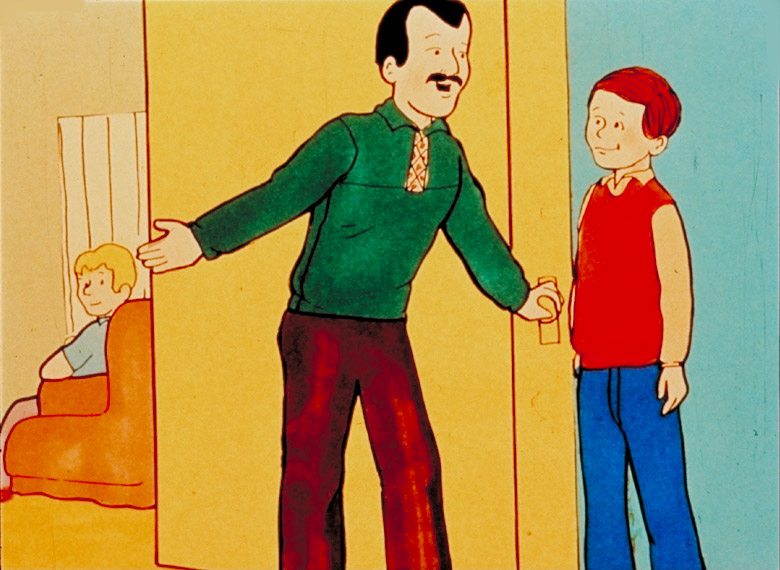 |
The adverb удома / вдома (at home) is derived from the root word дім, which is the noun for the word home.
The adverb так (yes) is one of positive agreement, while the adverb ні (no) indicates a negative response.
The adverb Де (Where?) is used to create a question.
Частки |
Particles do not have a concise definition or function. They are considered to be curious parts of speech in both English and Ukrainian.
The interrogative particle Чи (?) is used at the beginning of a sentence to create a question. This particle does not translate into an exact English term, but when used to create a question, it can be understood to mean Is? Questions which begin with Чи (?) always elicit a так (yes) or ні (no) answer.
|
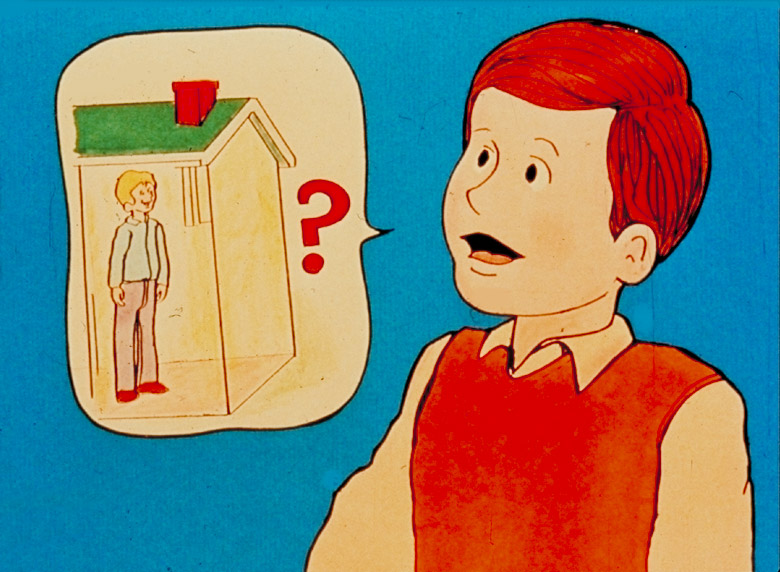 |
The negative particle не (not) is inserted in a sentence to create a negative statement. When reading the example below, keep in mind that the word is is implied or understood in most Ukrainian sentences.
|
Сполучники |
Conjunctions are used to join words, actions or thoughts within the same sentence.
The letter і (and) changes to the letter й when the word before it ends in a simple vowel, or if the word following it begins with a vowel.
| Роман і Тарас удома. | |
| Оксана й Тарас удома. | |
| Оксана й Олена вдома. |
In the previous segment, чи was introduced as a particle used to create a question. Please note that the word чи also has another meaning. When used within a sentence, it becomes a conjunction meaning or, as illustrated in the following examples:
| Хто вдома, Тарас чи Роман? | |
| Чи Олена тут, чи там? |
I. Exercise 4.i
Read the following passages. Note that sentences have been created using the negative не for emphasis. There are also samples of noun-pronoun substitution.
Пан Струк чоловік. |
Пані Струк жінка. |
|
 |
Пан Струк не жінка. |
Пані Струк не чоловік. |
Чи пан Струк чоловік, чи жінка? |
Чи пані Струк жінка, чи чоловік? – Вона жінка. |
|
|
Данило хлопець. |
Оксана дівчина. |
|
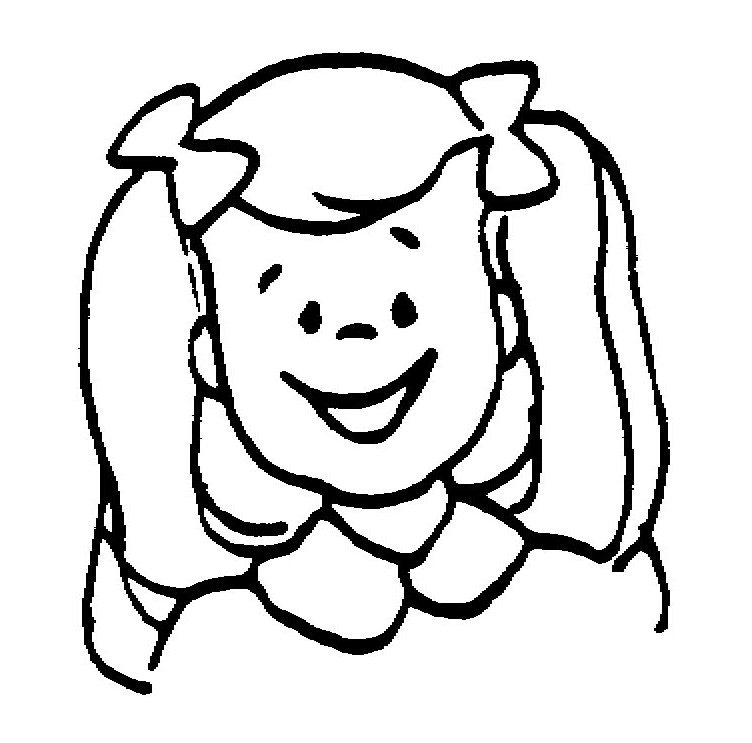 |
Данило не дівчина. |
Оксана не хлопець. |
Чи Данило хлопець, чи дівчина? – Він хлопець. |
Чи Оксана дівчина, чи хлопець? – Вона дівчина. |
|
|
Я пан Коваль. Я чоловік. |
Я пані Коваль. Я жінка. |
|
|
Я не жінка. |
Я не чоловік. |
Чи я чоловік, чи жінка? – Він чоловік. |
Чи я чоловік, чи жінка? – Ви жінка. |
|
|
Я Дмитро. Я хлопець. |
Я Одарка. Я дівчина. |
|
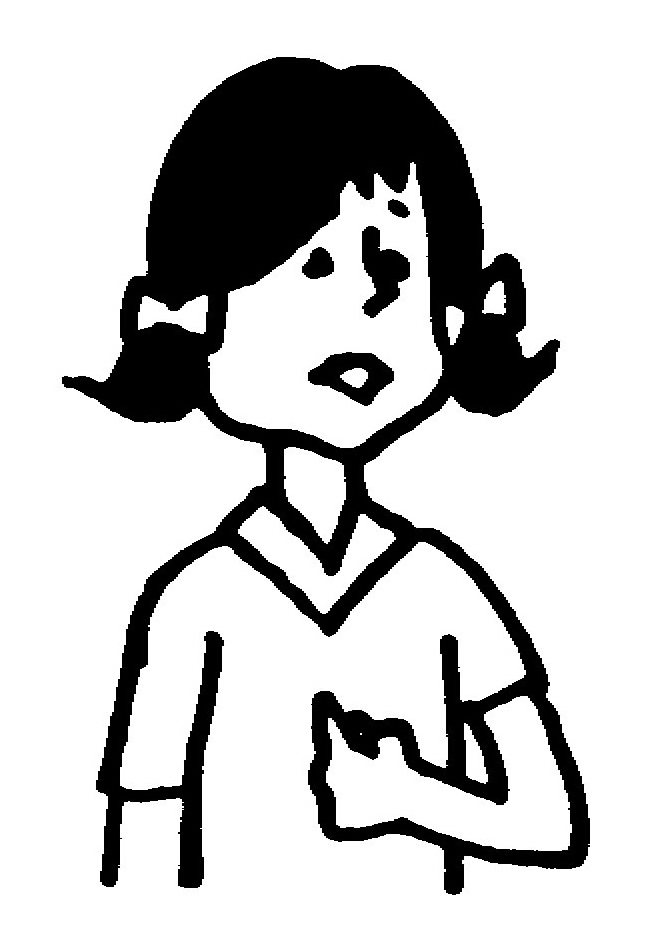 |
Я не дівчина. |
Я не хлопець. |
Чи я хлопець, чи дівчина? – Ти хлопець. |
Чи я хлопець, чи дівчина? – Ти дівчина. |
I. Exercise 4.ii
Answer the questions in the following exercises by checking the correct response. Examples are given.
 |
Example Хто він? ___ а) Він Тарас. |
 |
1. Хто це? ___ а) Це Тарас. |
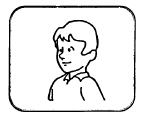 |
2. Хто він? ___ а) Він Роман. |
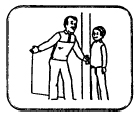 |
3. Хто вдома? ___ а) Тарас удома. |
 |
4. Чи це Тарас? ___ а) Так. |
|
5. Хто вдома? ___ а) Роман і Тарас удома. |
 |
Example |
 |
1. ___ а) Пан Козак удома. |
 |
2. ___ а) Тарас і Роман удома. |
 |
3. ___ а) Він Роман. |
 |
4. ___ а) Роман і Тарас удома. |
 |
5. ___ а) Роман тут. |
I. Exercise 4.iii
 |
Example 1: Чи це пан Козак? | |||||||||||
|
||||||||||||
 |
|
|||||||||||
 |
|
|||||||||||
 |
|
|||||||||||
|
|
|||||||||||
 |
|
|||||||||||
 |
|
|||||||||||
 |
|
|||||||||||
 |
|
|||||||||||
 |
|
|||||||||||
 |
|
|||||||||||
I. Exercise 4.iv
ВІН |
ВОНА |
||
|
 |
||
| • Тарас | ___ |
||
| 1) Іван | ___ |
___ |
|
| 2) Галина | ___ |
___ |
|
| 3) Роман | ___ |
___ |
|
| 4) Лариса | ___ |
___ |
|
| 5) пані Козак | ___ |
___ |
|
| 6) пан Козак | ___ |
___ |
|
| 7) Петрик | ___ |
___ |
|
| 8) Оленка | ___ |
___ |
|
| 9) Данило | ___ |
___ |
|
| 10) Соня | ___ |
___ |
Cultural Enrichment: Continue to practise your Ukrainian handwriting skills by referring to the Unit I exercises which are found in the Cultural Enrichment file.
Словничок |
Граматичні форми |
Культура |
|
| Dictionary | Structures and Patterns |
Cultural Enrichment | |
 |
|||
| Unit Dictionary | Unit Dialogue | Writing Exercises | |
| Cumulative Dictionary | Graphic Organizer | ||




